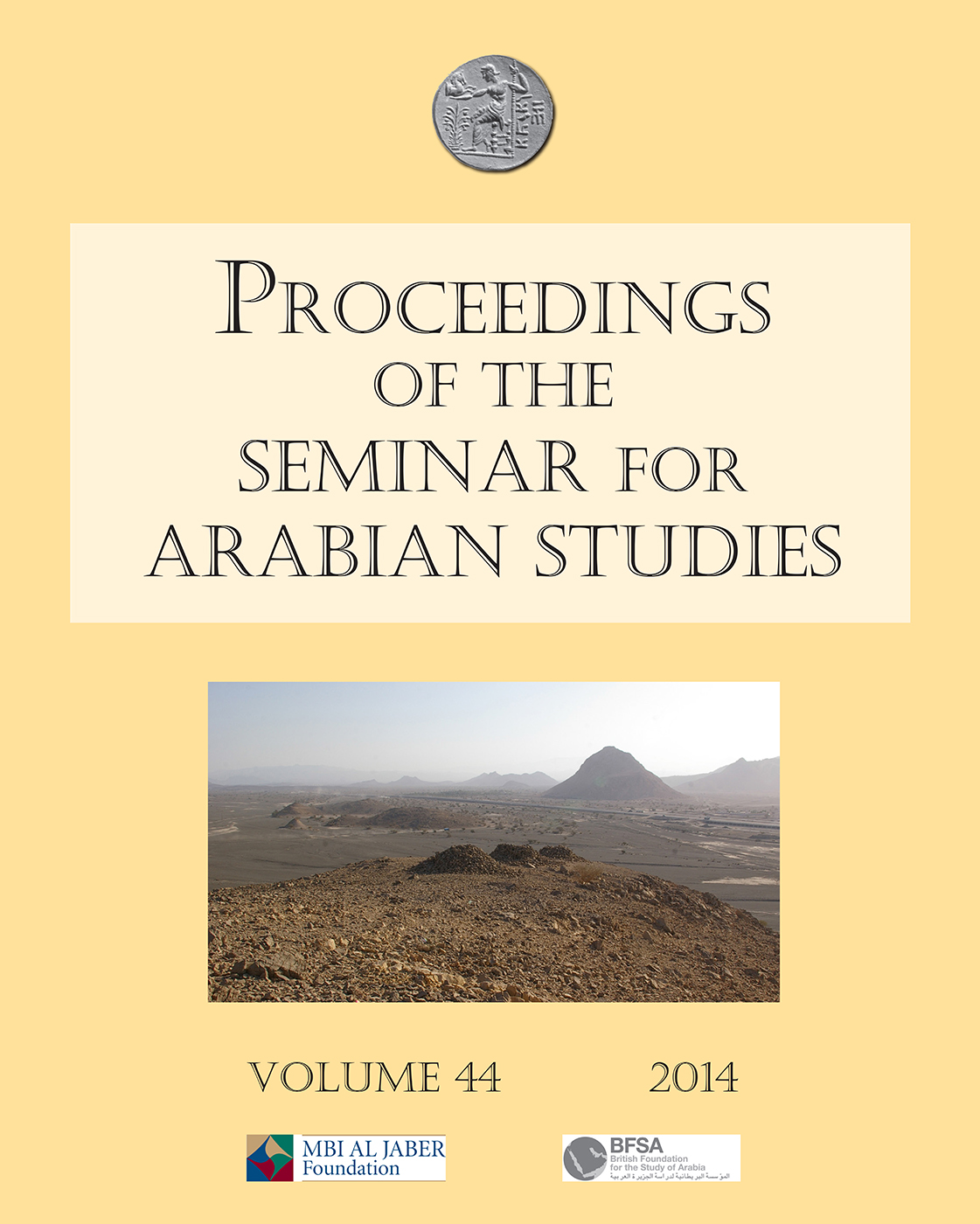Wreck and ruin — mapping the shipwreck resource of Qatar
Abstract
Published research and material remains from the Arabian Gulf indicates a rich seafaring tradition has been associated with its waters spanning some 7000 years (Carter 2005; 2006; 2010; Beech et al. 2005; Beech, Elders & Shepherd 2000). While broad-scale geophysical data has been collected primarily relating to infrastructure projects (Al Naimi et al. 2012; Cuttler 2013), this provides a framework for further study, and finer resolution survey is required in order to identify individual archaeological sites. Over the past three years multi-disciplinary geophysical survey has been employed in order to understand the complex submerged palaeolandscapes of the Gulf and for the detection of historic wrecks. These data have been augmented through information from local divers, UKHO (United Kingdom Hydrographic Office) mapping, and local fishermen, a process that has added the locations and descriptions of more than seventy shipwrecks to the Qatar National Historic Environment Record. To confirm the location of wrecks from the UKHO mapping, an area containing ten charted shipwrecks was subject to ultrahigh-resolution side-scan sonar. In total, seven potential wreck sites were identified through the use of geophysics, six of which were 'ground-truthed' using diver survey. While all the sites would appear to date within the past 70 years, this has proved an effective method for the accurate location of upstanding wrecks within the region. Broad landscape features were also identifiable, including potential sediment basins, reefs, and ripple patterns, greatly increasing our understanding of the character of the localized marine panorama.
References
.
Published
How to Cite
Issue
Section
License
Archaeopress Publishing, Oxford, UK


